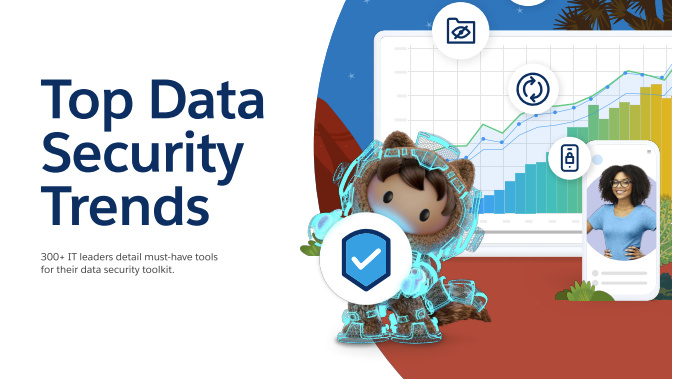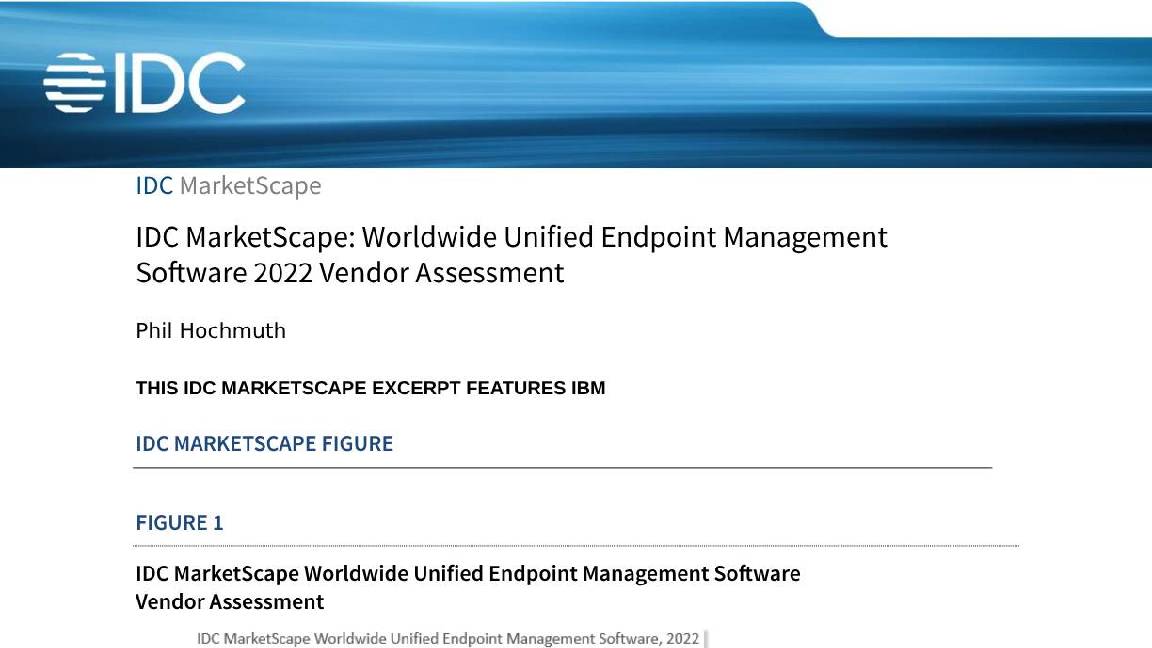Most companies struggle with remote work security
Almost half of organizations compromised security or increased risk through lax enforcement of security policies


Almost two-thirds (61%) of organizations struggled to provide the necessary security to support staff working from home during the COVID-19 pandemic.
Palo Alto Network’s “The State of Hybrid Workforce Security 2021” report, which surveyed 3,000 IT leaders worldwide, found that 48% of organizations admitted to compromising security or increasing security risk through lax enforcement of security policies and allowing employees more leeway than ordinarily acceptable.
Over a third (35%) of respondents agreed that their employees either circumvented or purposely disabled the remote security measures they implemented, while 53% of organizations that prioritized remote access over security are now exposed to significant security risks from unchecked acceptable use policy violations and unsanctioned application use.
The research also found that 25 to 75% of workforces are now working remotely in two-thirds of organizations. The report said while these firms have moved some of their workforce back to the office, the current work landscape remains mostly the same as it was at the height of the pandemic and is dominated by remote work.
According to the report, 44% expect to have over half of their employees working remotely in 12 months. With that in mind, as they fine-tune their specific remote capabilities, 62% of survey respondents are optimizing their hybrid workforce, with 94% considering some sort of hybrid workforce over the next 12 months.
Before the pandemic, many organizations were developing digital transformation projects that involved moving to the cloud and modernizing their infrastructure to better accommodate remote work. COVID-19 accelerated these plans.
The survey found 67% of organizations simultaneously increased their existing remote access architecture capacity and implemented new technologies to evolve their infrastructure.
Get the ITPro daily newsletter
Sign up today and you will receive a free copy of our Future Focus 2025 report - the leading guidance on AI, cybersecurity and other IT challenges as per 700+ senior executives
The research found that while many companies increased their current architecture capacity, this wasn’t a long-term solution, as 64% are expected to change their remote access architecture over the next 24 months.
While most organizations have stabilized their network and remote access, one-third of respondents still struggle to provide a positive, well-rounded user experience.
“The results of our survey show that organizations that are targeting a lower percentage of remote work are holding their own for now,” said the report’s authors. “On the other hand, those that aspire to expand their hybrid workforce capabilities face some key challenges – namely high-security evasion, ineffective remote collaboration tools, and poor visibility across the entire corporate environment.”
Rene Millman is a freelance writer and broadcaster who covers cybersecurity, AI, IoT, and the cloud. He also works as a contributing analyst at GigaOm and has previously worked as an analyst for Gartner covering the infrastructure market. He has made numerous television appearances to give his views and expertise on technology trends and companies that affect and shape our lives. You can follow Rene Millman on Twitter.
-
 Bigger salaries, more burnout: Is the CISO role in crisis?
Bigger salaries, more burnout: Is the CISO role in crisis?In-depth CISOs are more stressed than ever before – but why is this and what can be done?
By Kate O'Flaherty Published
-
 Cheap cyber crime kits can be bought on the dark web for less than $25
Cheap cyber crime kits can be bought on the dark web for less than $25News Research from NordVPN shows phishing kits are now widely available on the dark web and via messaging apps like Telegram, and are often selling for less than $25.
By Emma Woollacott Published
-
 Chicanes and tunnels
Chicanes and tunnelsWebinar The race to securely connect remote users
By ITPro Published
-
 Chicanes and tunnels: The race to securely connect remote users
Chicanes and tunnels: The race to securely connect remote usersWebinar Performant and reliable access across the globe
By ITPro Published
-
 Making sense of a quickly evolving ZTNA market
Making sense of a quickly evolving ZTNA marketWhitepaper New insights from the Enterprise Strategy Group
By ITPro Published
-
 Want to secure your hybrid workforce with ZTNA?
Want to secure your hybrid workforce with ZTNA?Whitepaper Ten must-have capabilities for ZTNA
By ITPro Published
-
 Top data security trends
Top data security trendsWhitepaper Must-have tools for your data security toolkit
By ITPro Published
-
 Three ways to evolve your security operations
Three ways to evolve your security operationsWhitepaper Why current approaches aren’t working
By ITPro Published
-
 The Total Economic Impact™ of IBM Security MaaS360 with Watson
The Total Economic Impact™ of IBM Security MaaS360 with WatsonWhitepaper Get a framework to evaluate the potential financial impact of the MaaS360 on your organization
By ITPro Published
-
 Unified endpoint management software vendor assessment
Unified endpoint management software vendor assessmentWhitepaper Make positive steps on your intelligent automation journey
By ITPro Published